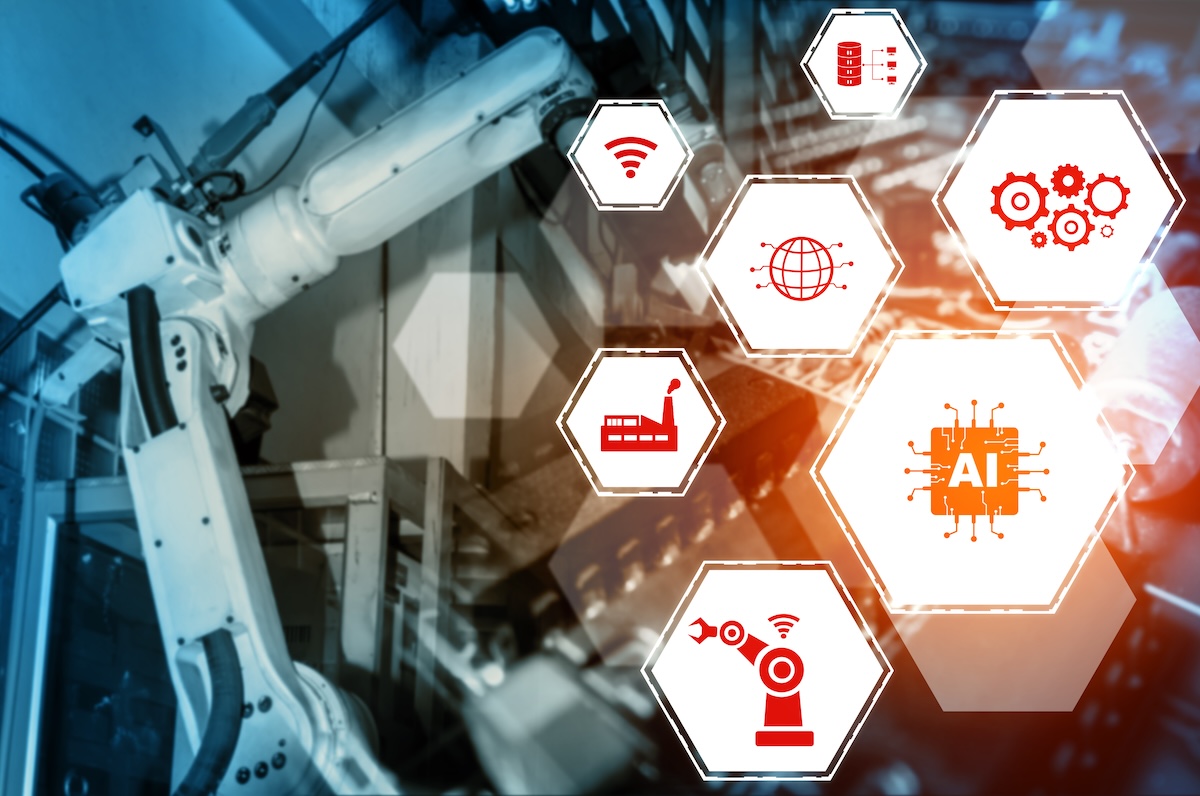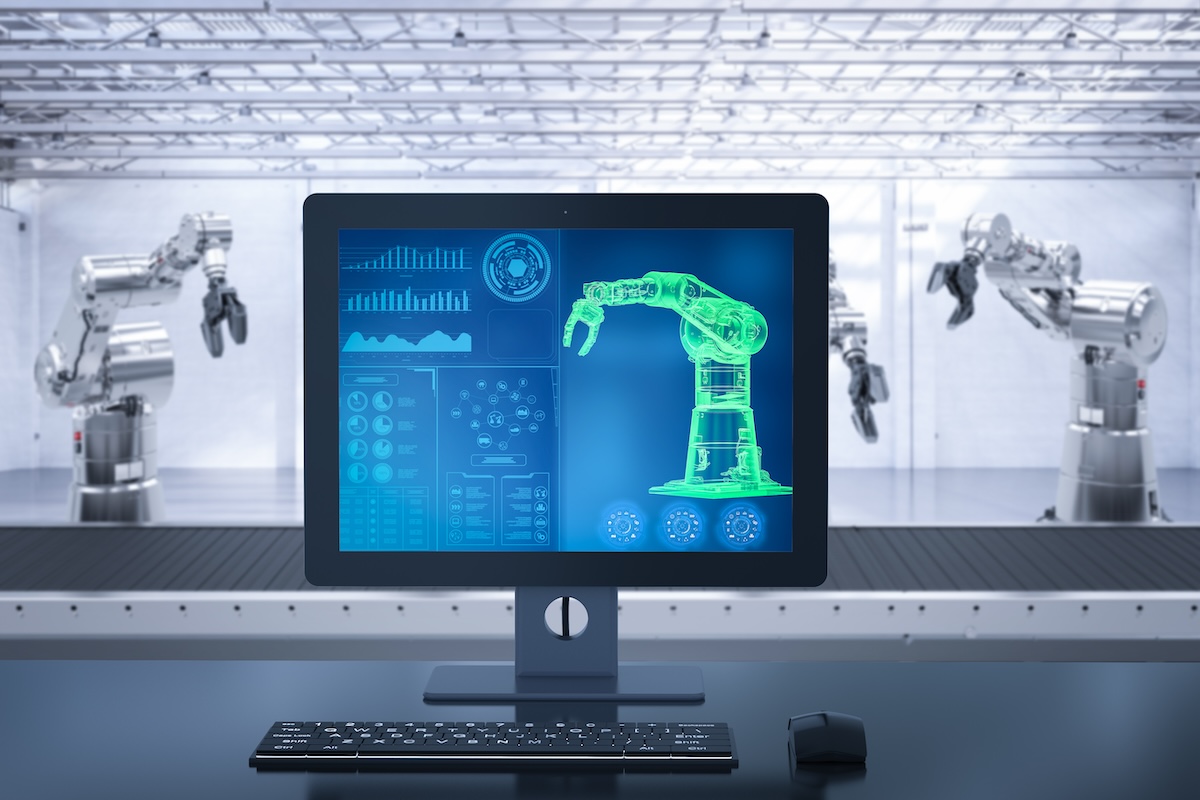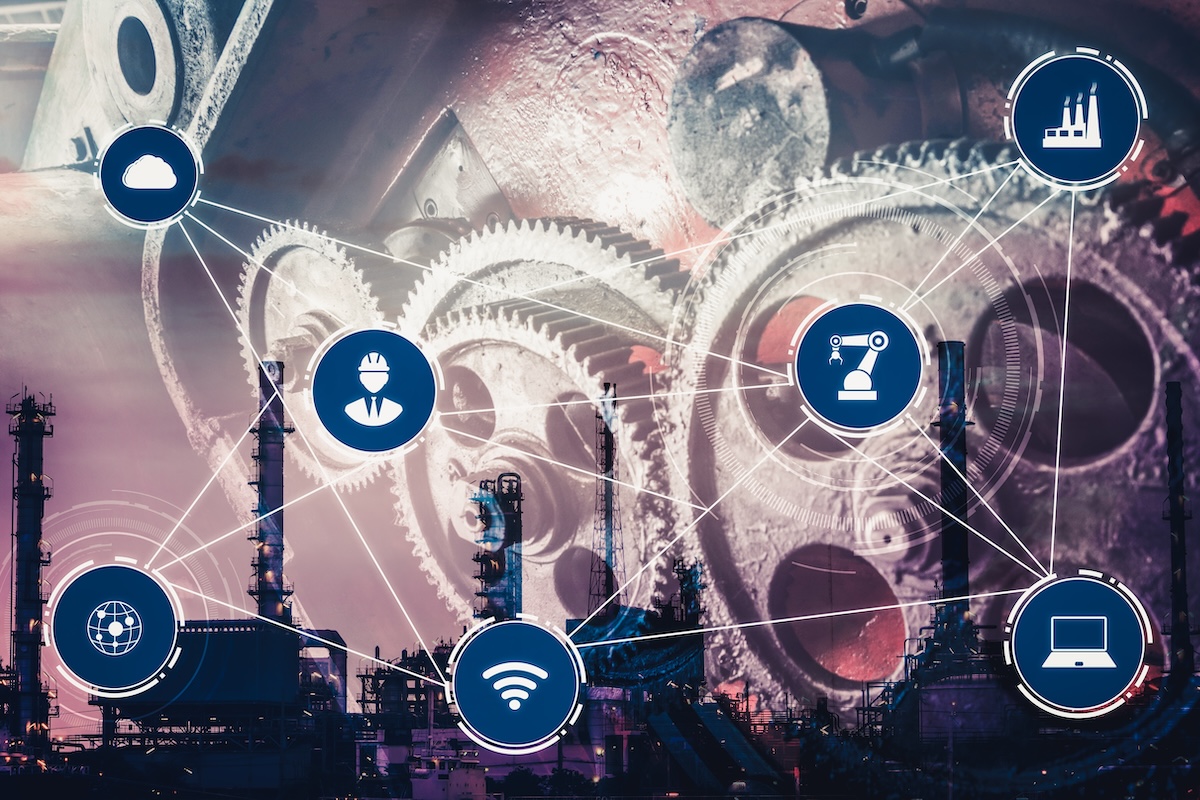Smarter Manufacturing starts with Intelligence at the Edge
We’re living in a world where the things around us are becoming smarter. Thousands of internet of things (IoT) sensors on industrial equipment, embedded in city infrastructure and packaged into today’s products, are collecting data. That data helps unlock insights that can optimize operations, improve customer service and drive innovation.
It’s possible for a manufacturer, for example, to get advance warning of a glitch that could bring production to a halt, paving the way for proactive asset maintenance that helps avoid downtime. A transportation giant could get a window into a particular train route, enabling them to tweak schedules and make other adjustments to optimize occupancy and on-time performance. Even a modern city can get in on the data-driven transformation act: Imagine the impact of turning captured video and other data into specific actions and policies that promote safety and reduce crime. Moving intelligence to the edge can dramatically reduce costs of data transmission, reduce latency for faster responses and automation, and help protect privacy by sending only metadata over the air and processing raw data at the device itself.
Despite the advantages and benefits, actually implementing intelligence at the edge is harder than it sounds. As the data landscape becomes more varied and voluminous and the use cases more complex, there’s a need to rethink the data architecture to support these next-generation applications. Instead of centralizing the management and orchestration of IoT data and analytics workflows in an on-premises data center or in the cloud, enterprises need to move to a model built around providing greater intelligence in the moment at the edge.
To address the challenge, we launched updates to our software and hardware solutions that enable intelligence at the edge.
Our edge solution updates are part of a broader announcement of an expanded set of offerings to help manufacturers accelerate Manufacturing 4.0 initiatives and to assist with safely restarting production in the wake of the COVID-19 pandemic.
Key new capabilities include:
- Deployment to Google Cloud (GKE) to streamline analytics insights at lower cost.
- Simplified workflows for model development, deployment and monitoring at scale.
- New APIs for edge management.
- Several new Edge Gateway options, configurable for industry-specific applications.
In a traditional architecture, data is piped over a wired or wireless connection to a centralized data repository. There, data is stored, managed and analyzed using artificial intelligence (AI), machine learning (ML), and other analytics tools to generate insights. These insights are then fed back to point of work for a person or machine to take action. Moving and storing all this data to a central location is expensive and consumes a lot of compute and storage resources. There are also latency issues associated with getting the data-driven intelligence back to the right place to facilitate faster decision-making and actions.
With our solutions, organizations can reap the benefits of real-time insights where the work is being done or where decisions need to be made, whether that’s on the factory floor, at an oil rig, or in an urban city command center. Staffers can respond more quickly to problems, saving money and streamlining overall operations. Case in point: A large oilfield service company looking to improve performance and ensure employee and environmental safety was able to transform its operations. The company created a smart rig platform at the edge by leveraging historical rig data from multiple enterprise applications along with sensor fusion of IoT data, 3D lidar, video, advanced analytics, ML and data integration capabilities. The edge intelligence helped deliver the insights needed to reduce drilling time and cost variances across rig assets, lowered maintenance and unplanned outage costs, and improved worker safety.
About the Authors
The article was written by Shiva Mogili, Senior Product Manager of IoT at Hitachi Vantara. Co-authored by Kirill Sokolinsky, Senior Product Manager, Edge and Smart Spaces Video Intelligence Hardware Solutions, Hitachi Vantara.



